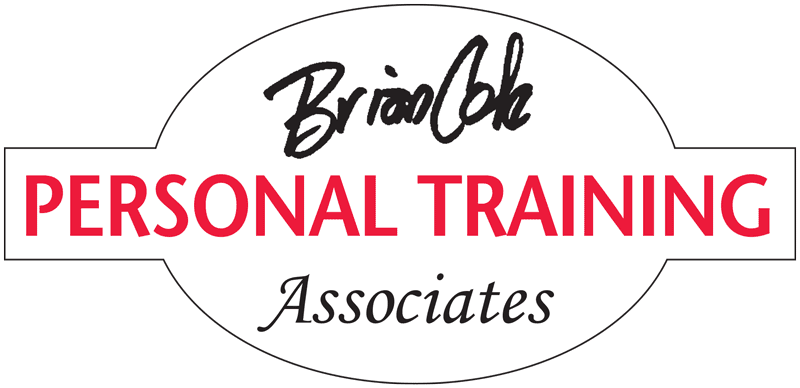While my August Oyster Pointer column on not trying to stretch hamstrings seems to have triggered a good bit of attention, as promised, I’m now going to address the whole concept of “stretching.” (You can read or re-read it here.)
I don’t have enough column space to be diplomatic, and I prefer blunt and direct: Most “stretching” is ineffective. Trying to stretch muscles does not make them longer. Yes, we want our bodies and joints to move more freely and comfortably through full range of motion, but that doesn’t happen by assertively trying to make muscles longer. Example: Stand up with your feet as far apart as you can. If your goal is to continue all the way into a full split, do you think your inner thigh muscles can be “stretched” enough to achieve that? They’d have to increase at least three times in length. Ain’t gonna happen.
Pre activity: As runners in the 1980s, we were told to stretch before running. Then the advice evolved into not trying to stretch cold muscles, so warm them up first. And then, with subsequent research, the benefit was clearly demonstrated to be the warm-up itself and not the stretching. In fact, pre-event stretching does not improve performance; nor is it effective in preventing injury.
After injury: Injuries cause restriction of movement, which allows muscles to become stiff and to feel inflexible. Scar tissue forms as part of the healing process. Our natural remedy for a stiff, tight-feeling muscle is to stretch it. Sounds reasonable. But think of scar tissue as a knot in a rope. Now think of pulling on that tight rope to rid yourself of that tightness. How’s that knot doing? There are ways to safely reduce scar tissue, but stretching is not one.
Postural muscle function: You sit at your computer and get absorbed in what you’re doing, and when you resurface you’re tight around your neck and between your shoulder blades. You need to stretch that area, right? Maybe get a massage soon. I agree, that’ll feel good, but you’re just addressing a symptom. The problem is those muscles have a postural function—to hold you up—and they’re not strong enough to do that without over-tightening.
But, you may say, when you stretch, your range of motion does increase. You can reach further, touch your toes, etc. Those results last about 20 minutes. Then the muscle returns to its normal length until you try to stretch again. This is called stretch reflex and is our nervous system’s way of protecting us from tearing muscle fibers. Ligaments aren’t as affected by our nervous system though. Their job is to stabilize joints. And they are compromised long term by aggressive or even assertive attempts to stretch muscle tissue.
OK, but how do folks become more flexible, do full splits, increase joint range of motion? It’s about joint capsules, it’s about fascia and it’s about the protective nervous system. Under anesthesia, for instance, with the nervous system shut down, our range of motion is dramatically increased. Adhesive capsulitis (frozen shoulder), a painful condition in which the shoulder is severely restricted, is often treated under anesthesia and the joint is moved far more freely than would have been possible regardless of pain tolerance.
The safe way to greater range of motion for most of us is comfortable relaxed long slow warm-ups of gently moving our bodies. Slowly reaching with our arms and legs in various directions without momentum is safe, feels good, doesn’t create long-term joint instability and is the best way to increase our real-life flexibility.

